molybdenum is a chemical element and belongs to the transition metals. It also serves as an essential trace element in all organisms. Molybdenum deficiency or molybdenum excess is very rare.
What is molybdenum
Molybdenum is a chemical element with the atomic number 42. It belongs to the transition metals and occurs mainly in minerals. Solid molybdenum is used in metallurgy for the production of alloys.
It increases the strength as well as the corrosion and heat resistance of metallurgical materials. Molybdenum occurs mainly in molybdenum luster (MoS2), in yellow lead ore (PbMoO4) and in powellite Ca (Mo, W) O4. It is an essential trace element in all organisms. In the molybdenum cofactor, it is involved in various enzymatic reactions. Approx. 50 molybdenum-containing enzymes are known to exist among microorganisms. In addition, molybdenum is involved in nitrogen fixation in legumes with the participation of bacteria. At the same time, it can also be helpful in reducing nitrate for nitrogen uptake in plant organisms.
Molybdenum-containing enzymes are involved in the metabolism of sulfur-containing amino acids and uric acid in human and animal organisms. Within the effective biomolecules, molybdenum is the central atom in a complex with sulfur atoms as ligands. Diseases related to molybdenum deficiency usually only occur as a result of a hereditary disturbance in the synthesis of enzymes containing molybdenum or in the case of extreme malnutrition.
Function, effect & tasks
Molybdenum plays an extremely important role in the human organism as an essential trace element. It is part of some enzymes that catalyze vital biochemical reactions in the body. It is involved in the breakdown of sulfur-containing amino acids.
Furthermore, it supports the breakdown of nitrogen bases containing purine, whereby uric acid is formed. It is a cofactor of iron and flavin-containing enzymes such as xanthine oxidase, aldehyde oxidase and sulfite oxidase. The enzyme xanthine oxidase is responsible for the formation of uric acid from amino acids and nitrogen bases. Aldehyde oxidase catalyzes various metabolic processes in the liver. The bioavailable molybdenum is in the form of molybdenum. This ion is incorporated into the molybdenum cofactor. The molybdenum cofactor is a complex compound between molybdopterin and molybdenum oxide. With the help of this factor, the catalytic ability of xanthine oxidase, sulfite oxidase and aldehyde oxidase is produced.
Molybdenum is also a cofactor for the enzyme NADH dehydrogenase. Molybdenum has also been found to promote the incorporation of fluorine into teeth. Therefore, it can prevent tooth decay from forming. Molybdenum also has a bactericidal effect, as it inhibits bacteria from growing. It is absorbed from food in the form of molybdenum in the small intestine. The mechanism of absorption is believed to be passive. Little is known about this process, however. The molybdate is immediately bioavailable and binds to molybdopterin with the formation of the molybdenum cofactor.
Education, occurrence, properties & optimal values
Molybdenum occurs mainly in bound form in the body. There is very little free molybdate. In the blood it is mainly found in the erythrocytes. The largest concentrations of molybdenum contain the liver, kidneys, adrenal glands, and bones. In the teeth and bones it is built into the apatite crystals. It has a positive effect on the health of bones and teeth. Molybdate is excreted from the body mainly in the urine and only in lower concentrations in the stool.
The daily requirement for molybdenum in humans is not exactly known. However, a requirement of 50 to 100 micrograms is assumed. Since the diet contains sufficient molybdenum, a molybdenum deficiency due to malnutrition is very rare. It is found in all foods, but is particularly common in legumes, wheat germ, many aromatic plants, eggs and offal. The stated need for molybdenum is covered by food. However, the need may increase in the event of oxidative stress, exposure to chemicals, high uric acid levels, disturbed intestinal flora or other intestinal diseases.
Diseases & Disorders
Molybdenum deficiency or excess is very rare. If there is a lack of molybdenum, the molybdenum-dependent enzymes can no longer function adequately. The breakdown of sulfur-containing amino acids or purine bases is disturbed.
Furthermore, the teeth become more prone to tooth decay again. The immune system is weakened by the reduced protection against oxidative stress. Typical symptoms include rapid heartbeat, shortness of breath, dysfunction of the brain and nerves, agitation or night blindness. It can also lead to digestive tract disorders, itching, swelling and fluctuating moods. Existing chronic diseases such as skin infections, inflammation of the mucous membranes or cancer can worsen. Normally, the molybdenum intake can be covered by the diet. However, there are resorption disorders of the intestine, which cannot guarantee an adequate supply of molybdenum to the body. These include Crohn's disease, celiac disease or a disturbed intestinal flora.
In these cases, however, there is not only a molybdenum deficiency. Other trace elements and vitamins are also insufficiently supplied. However, there is also a hereditary disease in which a molybdenum cofactor deficiency occurs. In untreated cases, this disease is fatal. Overdosing 10 to 15 milligrams of molybdenum a day results in too much uric acid being produced and gout-like symptoms appear. In addition, it was found that increased molybdenum concentrations also lead to increased excretion of copper. For this reason, a chronic oversupply of molybdenum can lead to a copper deficiency with corresponding symptoms. An overdose of molybdenum can also occur in foundry workplaces or in paint production.


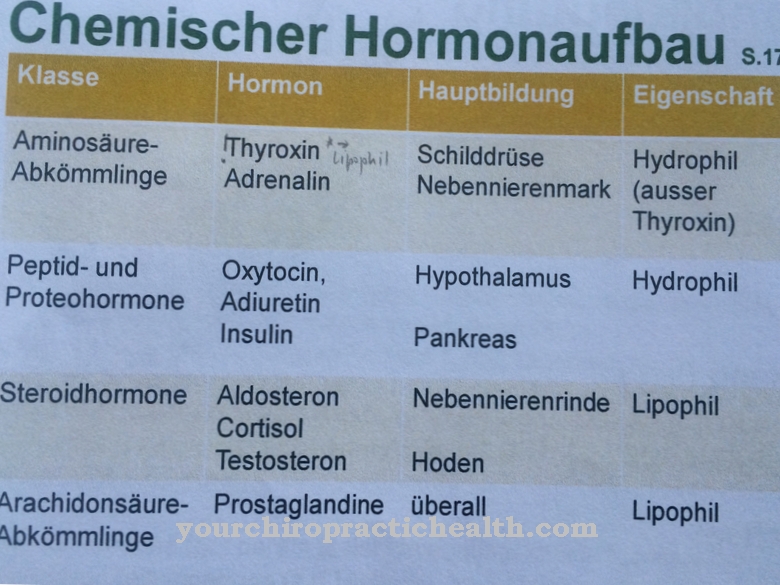
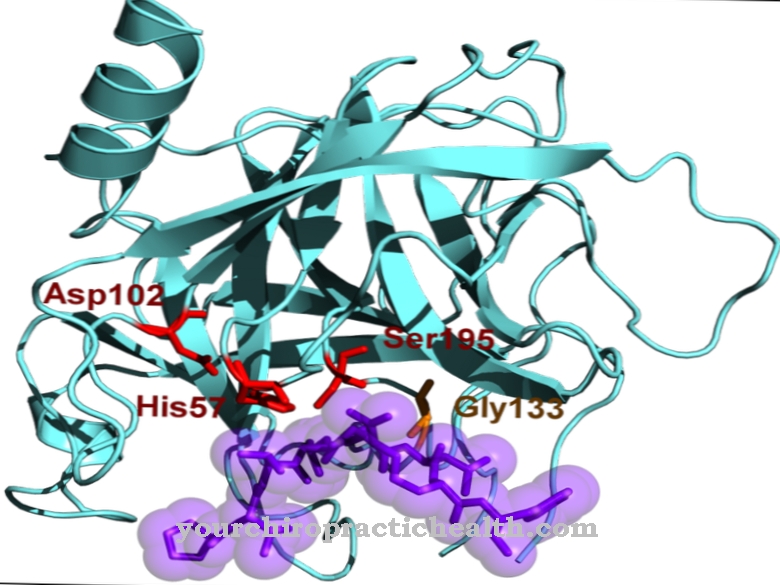
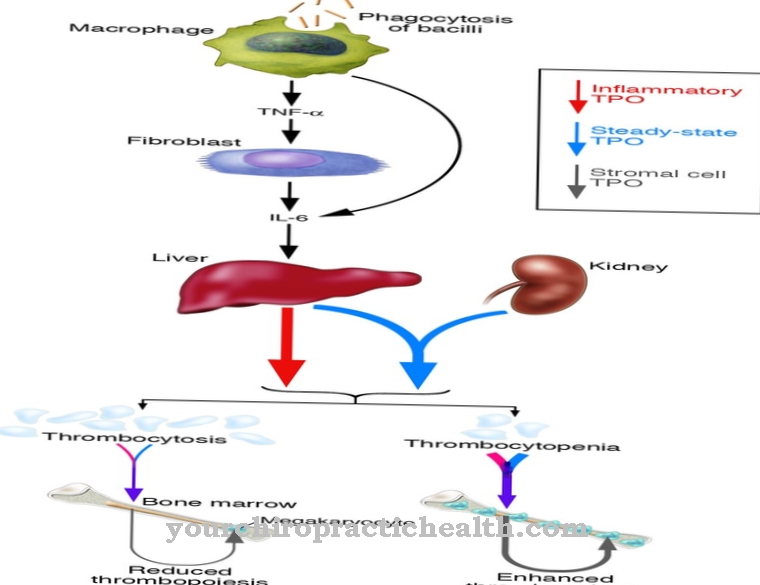
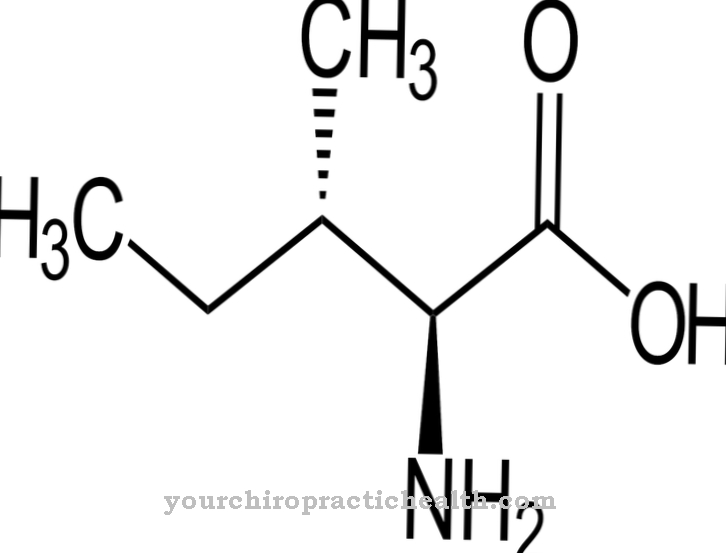
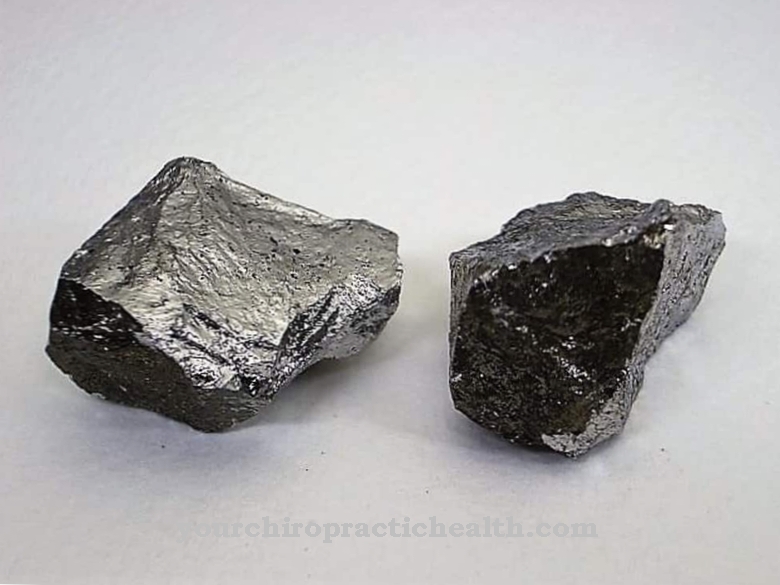

















.jpg)



